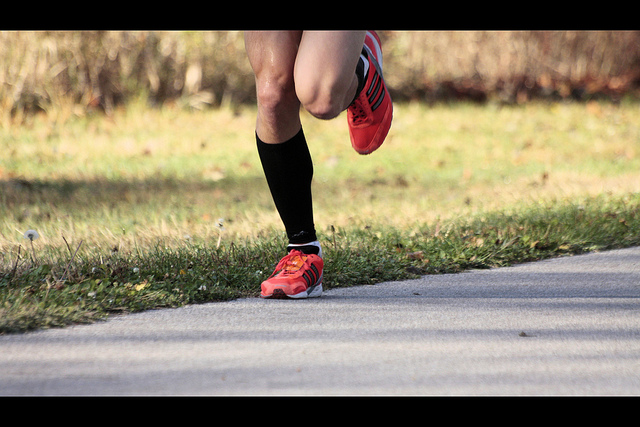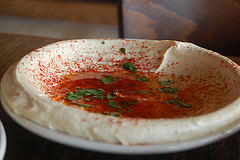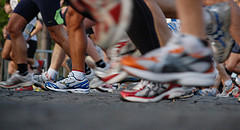You might not think of yourself as much of a runner, but that doesn’t mean that you can’t start. Jogging is a great way to get outside, build your endurance, and maybe even drop a few pounds, and these expert tips will show you how to start doing it in a safe and enjoyable way.
- Check with your doctor. If you’re unsure about your health, it’s always smart to check with a doctor before beginning any new exercise plan. Tell your doctor about your plans for jogging and work together to create a safe, accessible workout routine.
- Wear the right clothes. Be sure to wear sturdy, well-fitting running shoes so that you don’t injure yourself while jogging. Stay cool and comfortable with loose shorts or pants, and stay warm in layers if the weather is chilly.
- Warm up. Warming up helps you to gradually increase your heart rate, so be sure to walk or slowly jog for at least 20 minutes before jogging.
- Stretch. Avoid cramping muscles and prevent injury by stretching your limbs before you set out, but after warming up. At this point, your muscles will be warmed up and stretch more easily.
- Cool down. Walk to cool down your muscles for at least five minutes after jogging to prevent lactic acid build-up in the legs.
How to Start Jogging If You Have Never Done It Before [Healthy Living]
Jogging for Beginners [FitDay]











 Equal Housing Opportunity
Equal Housing Opportunity